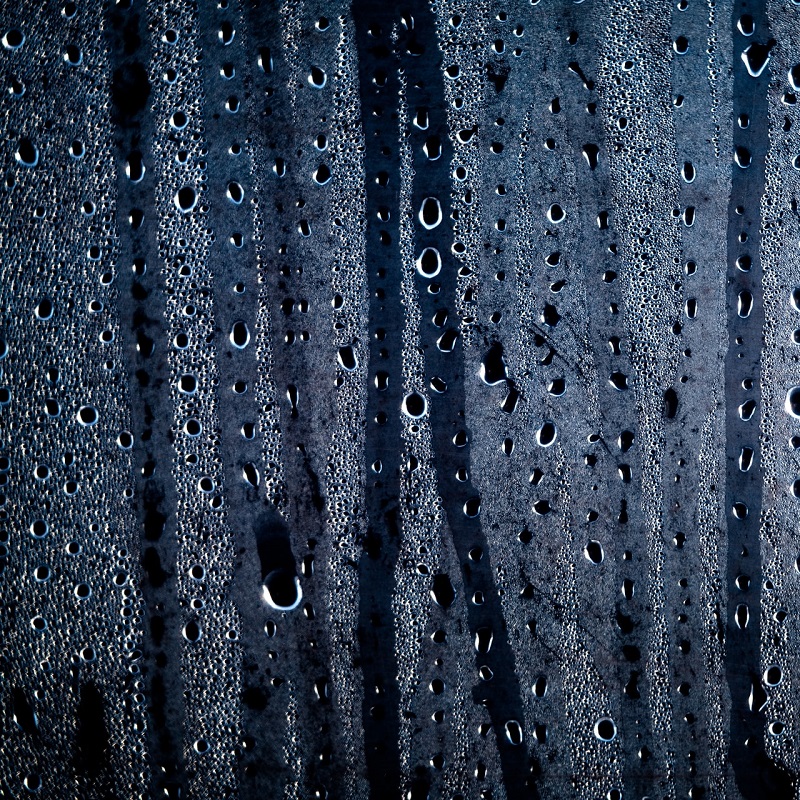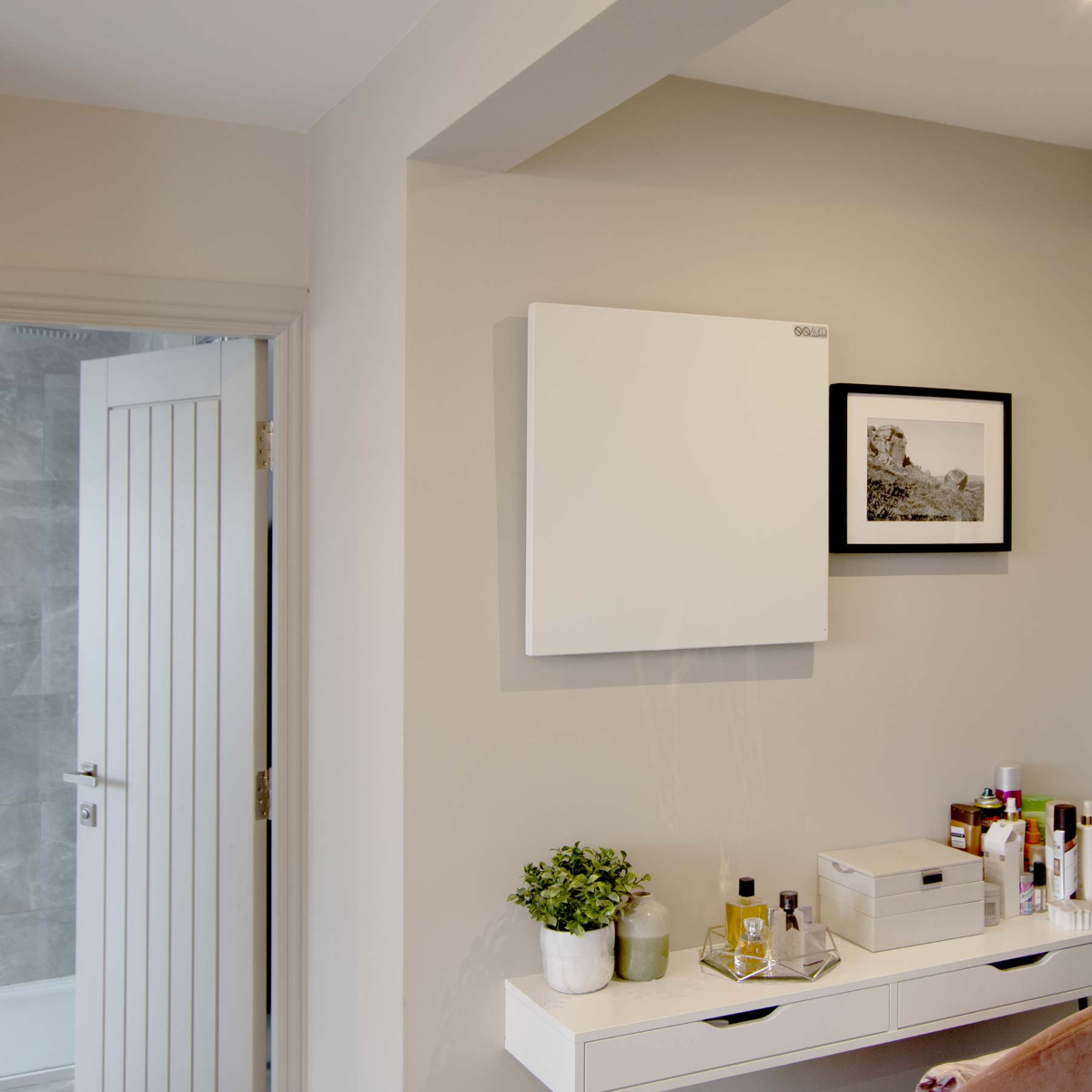
Last updated: May 2022
When I was young, we had a piano in the dining room which slowly, over the course of a few years, refused to be tuned. By the end of its short life, it was sounding less like a classic upright and more like a honky-tonk piano from a saloon bar. Sadly, we didn’t realise the cause of its rapid demise until it was too late. It was all to do with humidity. Few of us realise how important humidity is in the home and how it can affect our health. It’s not just a rogue piano-destroying force; overly damp air and overly dry air can pose their own unique problems, both to our surroundings and to our health.
Why is Indoor Humidity Important?
Humidity in indoor environments can have a huge impact on our wellbeing. Relative humidity describes how much water vapour is in the air, compared to how much it could hold if saturated. It’s why the air feels heavy just before it’s about to rain - it’s holding a lot of moisture. Ideally, our indoor spaces should have a relative humidity of around 50%, but how many of us actually have a hygrometer handy to keep tabs on our air quality? Our ignorance on the subject as a nation means that many households put up with general health complaints that could be easily solved by better humidity in their indoor spaces.
 Problems with High Humidity
Problems with High Humidity
High humidity is a common issue in the UK as our increasingly well-insulated homes trap more and more moisture indoors, leading to the build-up of condensation and mould on our walls and windows. Our lack of regularly warm weather also means we tend to dry our clothes indoors, which again contributes to an excess of moisture inside.
All living things need moisture and warmth to live, so highly humid interiors create the perfect breeding ground for mould and dust mites. The growth of mould and bacteria in these conditions can be serious, especially for people with respiratory conditions or allergies.
Problems with Low Humidity
Low humidity can also pose a problem in winter and can even be worsened by certain types of heating system. Of course, we tend to turn up the heating during the colder months but this can lead to a sensation of dry air once the house has warmed up. Symptoms of low humidity include cracked and itchy skin, as well as irritated eyes and nasal passages.
The mucus and moisture in our noses provide the essential function of pre-filtering the air as we breathe it in, removing allergens and unwanted bacteria before it has a chance to wreak havoc. If the air around us is warm and dry, we lose those vital layers of protection. It’s a contributing reason we often get ‘colds’ in the height of summer - the dry air from fans and air conditioning create the perfect environment for viruses to thrive.

How to Deal with Low Humidity
Low humidity can be exacerbated by certain heating systems, especially ones that work through convection. As convection transfers heat by making the air warm, it can also make it rather dry. This can make your eyes feel dehydrated, your nose sore and skin chalky - not the most appealing of combinations! If these symptoms sound familiar, here are some simple, cost-effective ways to deal with low humidity.
Create Your Own Diffuser
An age-old method is to place a bowl of water near your heater, which gradually evaporates as the room heats up. This was actually the method used to keep piano no.2 in working order – we kept a small bowl of water inside the base which humidified the inner workings, topping it up every few weeks like an oversized pet.
Keeping Houseplants
Houseplants are a great way of humidifying a space because they add moisture to the air and purify it at the same time. The water-releasing process of plants makes them an effective way of keeping drier interiors more comfortable. They also improve mental wellbeing in the form of reduced stress and improved mood - not to mention they’re not too shabby to look at!
Purchase a Humidifier
Room humidifiers are fairly inexpensive and can be an effective way of humidifying particularly dry spaces around the home. Some even come with built-in humidistats to help regulate the water vapour in the air.
Consider Updating Your Heating
If humidity is a particular issue in your home, or you have a piano or two worth preserving, making the switch to a heating system that makes use of radiant heat is one of the best preventative methods available.
How does radiant heat work?
Radiant heat is what we feel when the sun comes out from behind a cloud, or the comforting tingle when we stand in front of a fire. Totally safe, we emit radiant heat all day long - in fact, it’s pretty vital for our wellbeing! When a space is adequately heated with radiant warmth, people will often feel comfortably warm even if the air temperature is comparably low.
As radiant heat travels through the air rather than warming it directly, heaters that use this form of warmth will have less of an effect on room humidity.
I have low humidity - how will radiant heat help?
Radiant heat does not rely on the air to transfer warmth, so it is not manipulated in the same way it is when convection’s in action. Stabler air is better air - gradually increasing the humidity in your home through the above methods, coupled with a radiant system, will lead to a more comfortable living environment. Not to mention, less air aggravation means less dust particles are spread around your spaces - great for people with allergies and general home cleanliness.
I have high humidity - how will radiant heat help?
Radiant heat can also prevent the formation of condensation, which can occur when warm air comes into contact with a cold surface. Appliances that use radiation discourage moisture because surfaces are kept warm, so any water vapour in the air is kept in the air, rather than gathering on walls and windows.
What heating systems make use of radiant heat?
Infrared Panels
Infrared panels are the best choice if you’re looking to switch to an entirely radiant heating system, as they provide 100% of their warmth via radiation. They come in the form of slim, units that are installable on both walls and ceilings, for a heating solution that can blend in conspicuously or stand out depending on your interior design.
The Ecostrad Opus iQ is an excellent choice if you’re planning to delve into the world of infrared panels. With a WiFi optimised receiver built-in, it can be operated straight from the comfort of your smartphone. Set a 24/7 schedule, change temperatures, and connect your panel to a smart speaker direct from the Ecosystem app - an ideal choice for any modern household looking to revamp their heating.
Electric radiators
As most electric radiators give off a third of their warmth in the form of radiation, users can turn their thermostats down and still feel warm, helping to improve the relative humidity in their rooms at the same time.
We recommend the Ecostrad iQ Ceramic, which uses ceramic plates to emit a greater amount of radiant heat than typical electric radiators. The iQ Ceramic is able to create 50% of its heat in the form of radiation, making it a superb fit for homes that suffer from humidity problems. Its heat-retentive core also makes this electric radiator exceptionally efficient to boot, a great choice for any household looking to keep running costs to a minimum.
Humidity & Home Heating
Managing the humidity in your home can go a long way toward improving your health. High humidity may be known for encouraging bacterial growth, but low humidity can be just as troublesome by making us more prone to infection. There are lots of simple ways to deal with humidity issues, and if you’re committed to breathing easy in your own home, switching to a radiant heating source like infrared panels may be the answer.
Image Sources:
https://img.aws.livestrongcdn.com/ls-article-image-640/cme/photography.prod.demandstudios.com/aa78b5be-4fae-4621-95b0-4794790fb3de.jpg
http://www.houseappliancesonline.com/wp-content/uploads/2014/09/mini-room-Humidifier.jpg






